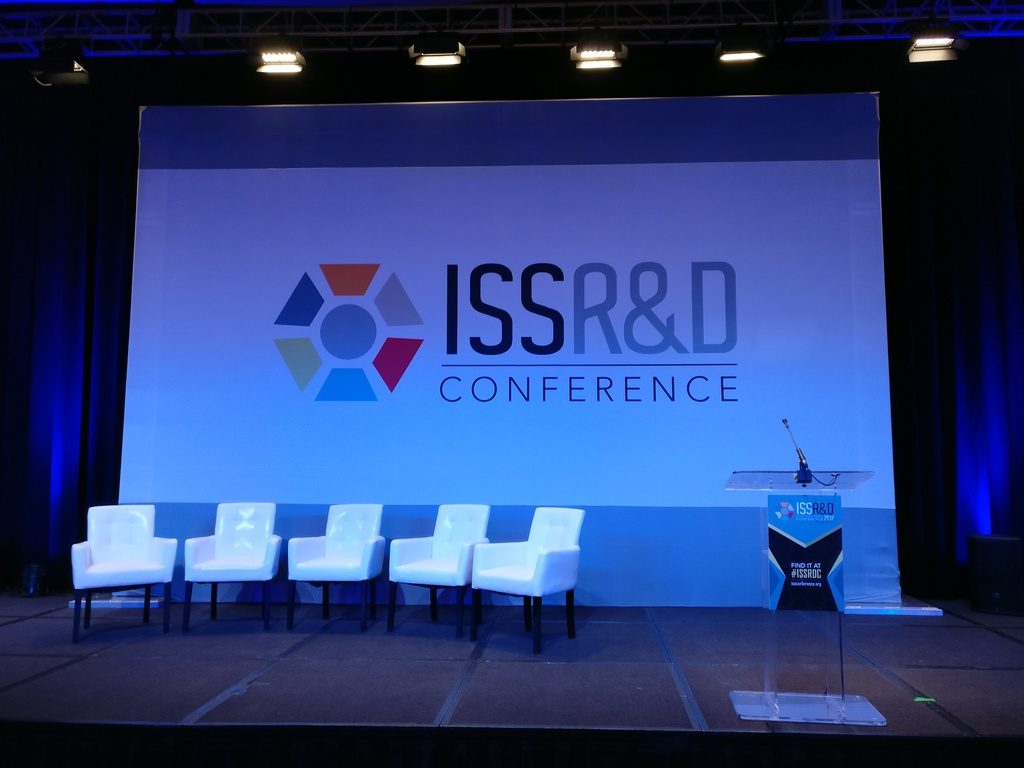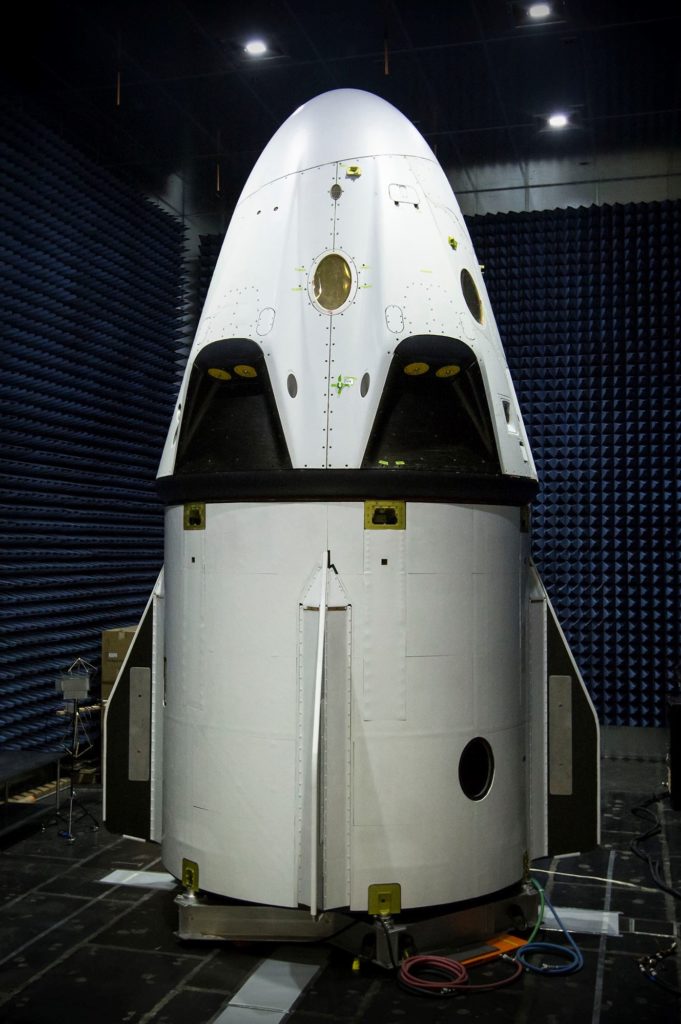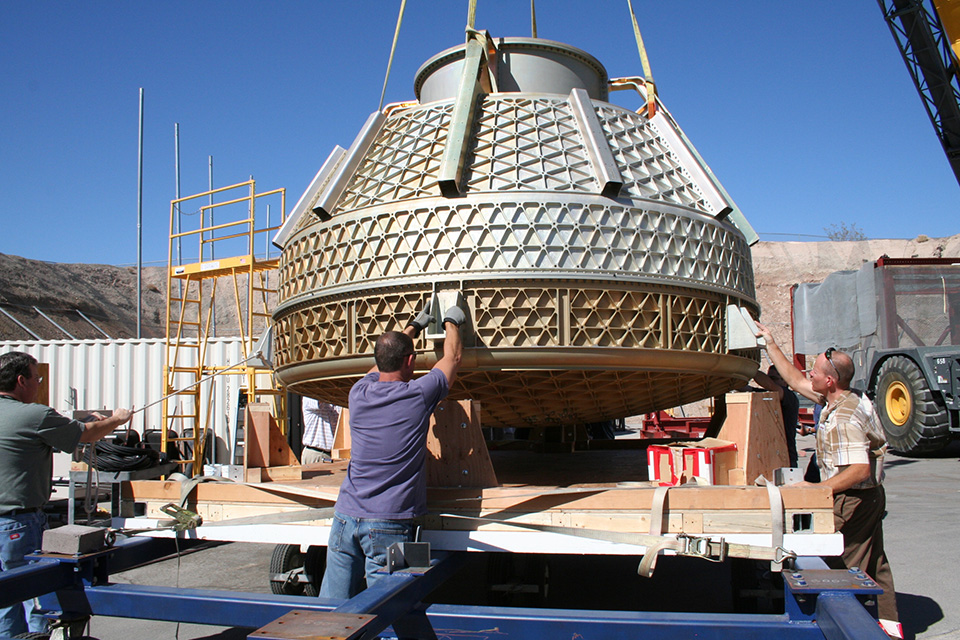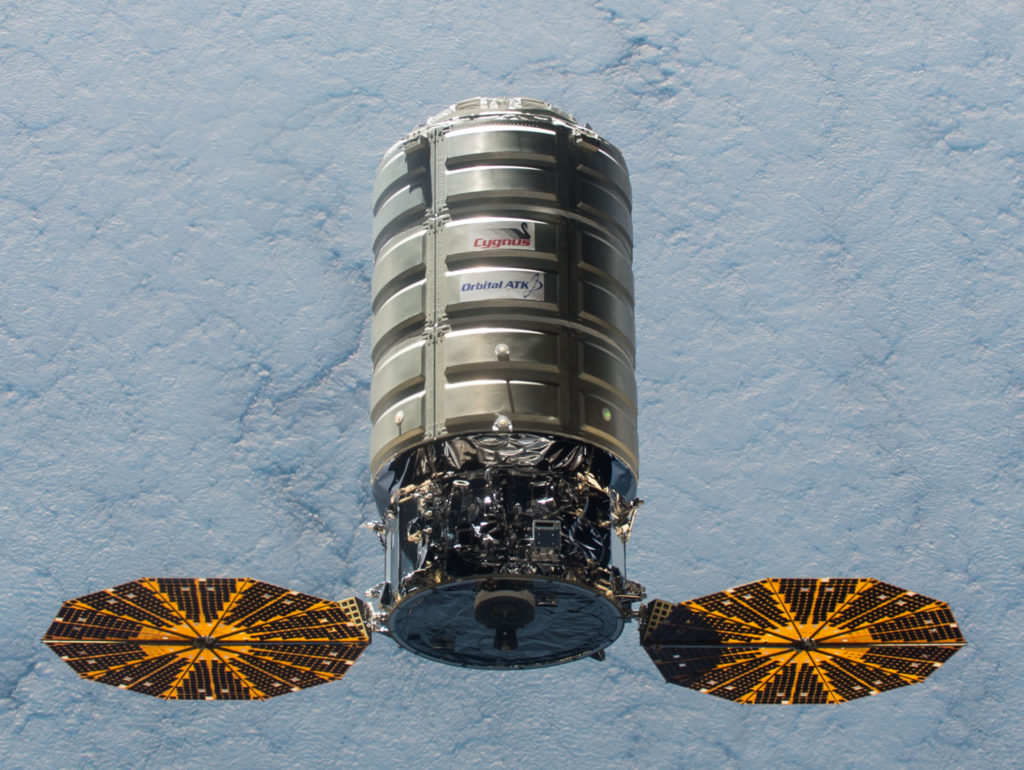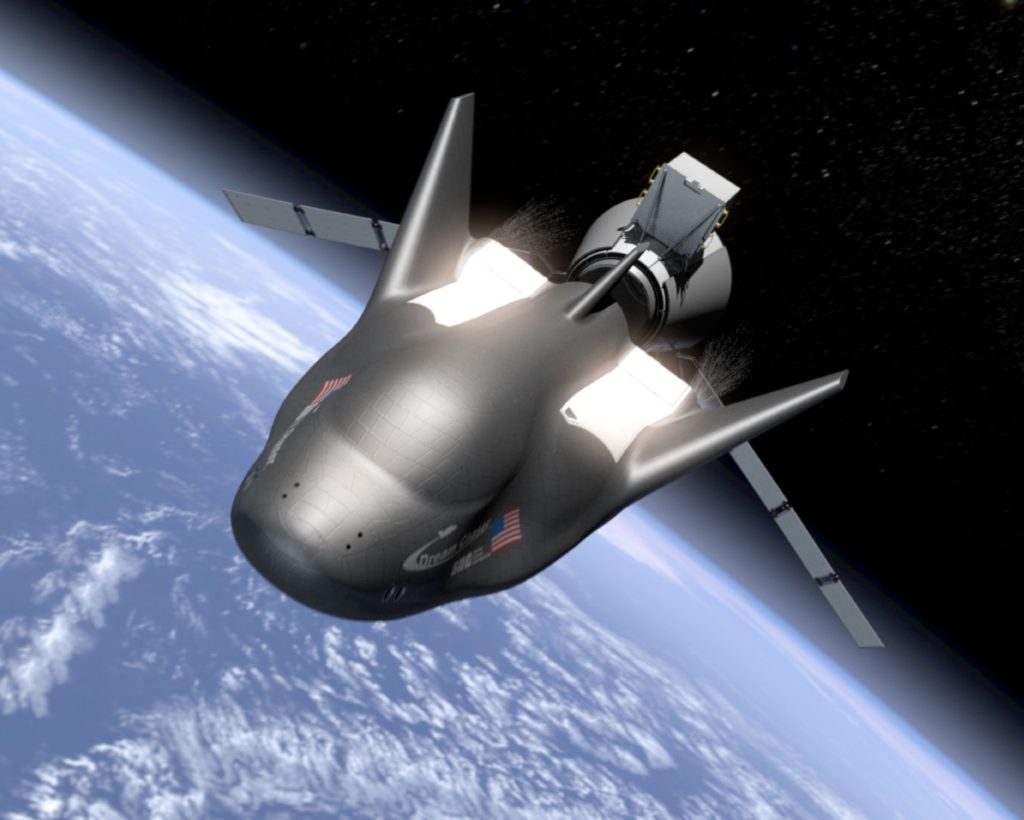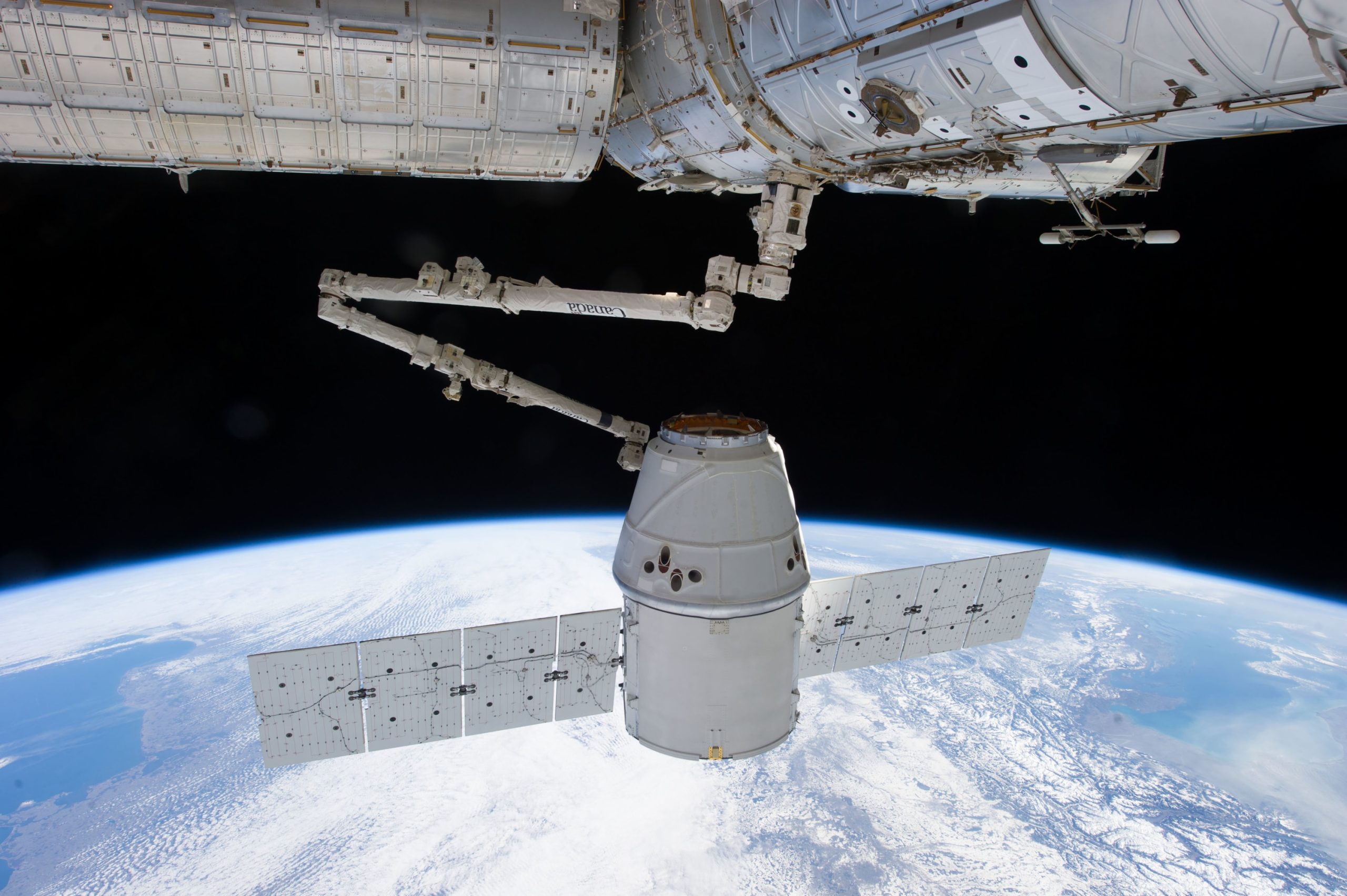
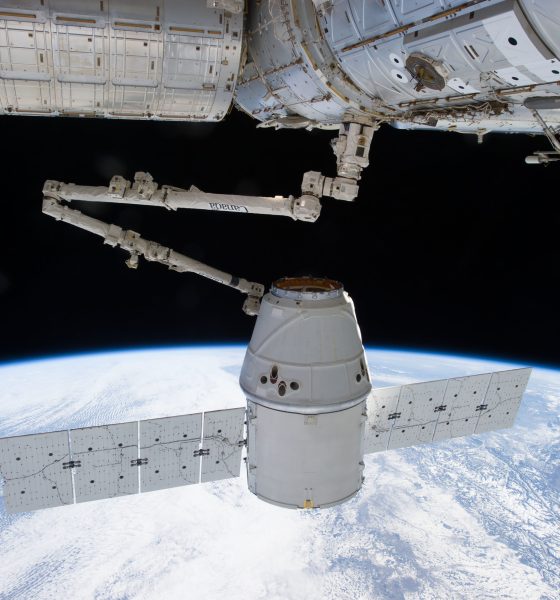
News
ISSR&D: NASA praises SpaceX and commercial partners, looks towards the future
Robert Lightfoot, the current Acting Director of NASA, began the third day of ISS R&D with a rousing keynote on the roles of NASA and the ISS in the future of public and private space exploration.
Lightfoot began the timely statement that those creating new platforms often completely fail to fully predict how those platforms will eventually be used. The ISS is a prime example, with an array of commercial endeavors having come into existence for reasons that were undoubtedly less than prominent in discussions of the use of the ISS around the time it was be theorized and later constructed.
Another shining example, Lightfoot admitted that those involved with ensuring the survival of the ISS may have never imagined or predicted that the Station would act as a catalyst for programs like COTS, CRS, and CCtCap, which have encouraged considerable competition and led to a range of successes in a now-burgeoning commercial space market. In fact, NASA’s willingness to take risks, particularly in the development of the ISS and other platforms, has arguably enabled SpaceX to completely revitalize American participation in the commercial launch industry, and to do so in less than five years.
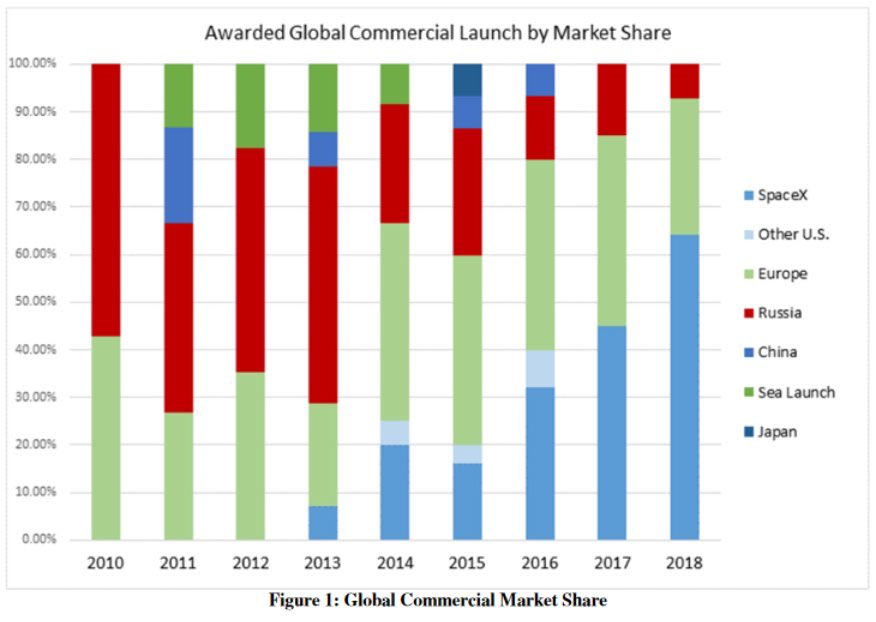
While not fully accurate, given that Ariane 5 carries two satellites per launch, this chart is still a profound demonstration of the rapid progress SpaceX has made in ensuring a more competitive commercial launch industry. (SpaceX)
Lightfoot went on to praise NASA’s commercial partners, and said that “[NASA will] be able to get four crew on station [once SpaceX, Boeing, and possibly Sierra Nevada are launching crew]”. He offered a brief overview of the past several trunk-loads of scientific instruments SpaceX Dragons have brought to the ISS, enabling it to remain “a vital platform for earth observation, [both hands-on and hands-off]”. A great deal of the experiments and cargo that have enabled such a burgeoning low Earth orbit economy aboard the ISS have been brought there in part by SpaceX’s Falcon 9 launch vehicle and Dragon spacecraft, which marked the first commercial spacecraft to reach orbit and later visit the International Space Station in 2010 and 2012 respectively.
Lightfoot actively asked himself and the audience what the future of the ISS may be or ought to be, and clearly had every desire to ensure the future of the vibrant LEO economy that the ISS has enabled. Whether this means that the ISS continues to function indefinitely or is replaced with a commercial platform, it will be necessary for NASA to eventually decrease or cut completely their funding burden of the ISS if NASA wishes to better develop the hardware and create the knowledge necessary for manned Mars exploration.
- A prototype of Dragon 2 being tested in an anechoic chamber. (SpaceX)
- Boeing’s CST-100 Starliner. (Boeing)
- Orbital ATK’s Enhanced Cygnus, the second CRS partner that delivers cargo to the ISS. (NASA)
- Sierra Nevada Corporation’s Dream Chaser Cargo, which received investment from NASA for their CRS-2 program. (SNC)
Undertaking all that is necessary, and doing it successfully, will require a great deal of cooperation in the development of space policy in the present and near future. Jeff Bingham, once a Republican aide in Congress and a crucial voice in gathering the votes to ensure the continued existence of the ISS more than a decade ago, noted that his past colleague, Ann Lukowksi, was a Democratic aide, and that “didn’t matter”. Together, with the help of numerous other crucial members, they arguably ensured that the House successfully passed a resolution to pursue the creation of the ISS with a margin of a single vote out of more than 400.
Bipartisan cooperation has long been a standout feature of space policy and decision-making, and is more obvious and crucial than ever in a time of increased polarization. Public investment in private space endeavors, whether direct or indirect, has ensured the existence of SpaceX and a thriving community of commercial space providers and users, and will soon allow the U.S. to rid itself of a reliance upon non-American launch vehicles for access to the ISS.

News
Tesla FSD fleet is nearing 7 billion total miles, including 2.5 billion city miles
As can be seen on Tesla’s official FSD webpage, vehicles equipped with the system have now navigated over 6.99 billion miles.

Tesla’s Full Self-Driving (Supervised) fleet is closing in on almost 7 billion total miles driven, as per data posted by the company on its official FSD webpage.
These figures hint at the massive scale of data fueling Tesla’s rapid FSD improvements, which have been quite notable as of late.
FSD mileage milestones
As can be seen on Tesla’s official FSD webpage, vehicles equipped with the system have now navigated over 6.99 billion miles. Tesla owner and avid FSD tester Whole Mars Catalog also shared a screenshot indicating that from the nearly 7 billion miles traveled by the FSD fleet, more than 2.5 billion miles were driven inside cities.
City miles are particularly valuable for complex urban scenarios like unprotected turns, pedestrian interactions, and traffic lights. This is also the difference-maker for FSD, as only complex solutions, such as Waymo’s self-driving taxis, operate similarly on inner-city streets. And even then, incidents such as the San Francisco blackouts have proven challenging for sensor-rich vehicles like Waymos.
Tesla’s data edge
Tesla has a number of advantages in the autonomous vehicle sector, one of which is the size of its fleet and the number of vehicles training FSD on real-world roads. Tesla’s nearly 7 billion FSD miles then allow the company to roll out updates that make its vehicles behave like they are being driven by experienced drivers, even if they are operating on their own.
So notable are Tesla’s improvements to FSD that NVIDIA Director of Robotics Jim Fan, after experiencing FSD v14, noted that the system is the first AI that passes what he described as a “Physical Turing Test.”
“Despite knowing exactly how robot learning works, I still find it magical watching the steering wheel turn by itself. First it feels surreal, next it becomes routine. Then, like the smartphone, taking it away actively hurts. This is how humanity gets rewired and glued to god-like technologies,” Fan wrote in a post on X.
News
Tesla starts showing how FSD will change lives in Europe
Local officials tested the system on narrow country roads and were impressed by FSD’s smooth, human-like driving, with some calling the service a game-changer for everyday life in areas that are far from urban centers.

Tesla has launched Europe’s first public shuttle service using Full Self-Driving (Supervised) in the rural Eifelkreis Bitburg-Prüm region of Germany, demonstrating how the technology can restore independence and mobility for people who struggle with limited transport options.
Local officials tested the system on narrow country roads and were impressed by FSD’s smooth, human-like driving, with some calling the service a game-changer for everyday life in areas that are far from urban centers.
Officials see real impact on rural residents
Arzfeld Mayor Johannes Kuhl and District Administrator Andreas Kruppert personally tested the Tesla shuttle service. This allowed them to see just how well FSD navigated winding lanes and rural roads confidently. Kruppert said, “Autonomous driving sounds like science fiction to many, but we simply see here that it works totally well in rural regions too.” Kuhl, for his part, also noted that FSD “feels like a very experienced driver.”
The pilot complements the area’s “Citizen Bus” program, which provides on-demand rides for elderly residents who can no longer drive themselves. Tesla Europe shared a video of a demonstration of the service, highlighting how FSD gives people their freedom back, even in places where public transport is not as prevalent.
What the Ministry for Economic Affairs and Transport says
Rhineland-Palatinate’s Minister Daniela Schmitt supported the project, praising the collaboration that made this “first of its kind in Europe” possible. As per the ministry, the rural rollout for the service shows FSD’s potential beyond major cities, and it delivers tangible benefits like grocery runs, doctor visits, and social connections for isolated residents.
“Reliable and flexible mobility is especially vital in rural areas. With the launch of a shuttle service using self-driving vehicles (FSD supervised) by Tesla in the Eifelkreis Bitburg-Prüm, an innovative pilot project is now getting underway that complements local community bus services. It is the first project of its kind in Europe.
“The result is a real gain for rural mobility: greater accessibility, more flexibility and tangible benefits for everyday life. A strong signal for innovation, cooperation and future-oriented mobility beyond urban centers,” the ministry wrote in a LinkedIn post.
News
Tesla China quietly posts Robotaxi-related job listing
Tesla China is currently seeking a Low Voltage Electrical Engineer to work on circuit board design for the company’s autonomous vehicles.

Tesla has posted a new job listing in Shanghai explicitly tied to its Robotaxi program, fueling speculation that the company is preparing to launch its dedicated autonomous ride-hailing service in China.
As noted in the listing, Tesla China is currently seeking a Low Voltage Electrical Engineer to work on circuit board design for the company’s autonomous vehicles.
Robotaxi-specific role
The listing, which was shared on social media platform X by industry watcher @tslaming, suggested that Tesla China is looking to fill the role urgently. The job listing itself specifically mentions that the person hired for the role will be working on the Low Voltage Hardware team, which would design the circuit boards that would serve as the nervous system of the Robotaxi.
Key tasks for the role, as indicated in the job listing, include collaboration with PCB layout, firmware, mechanical, program management, and validation teams, among other responsibilities. The role is based in Shanghai.
China Robotaxi launch
China represents a massive potential market for robotaxis, with its dense urban centers and supportive policies in select cities. Tesla has limited permission to roll out FSD in the country, though despite this, its vehicles have been hailed as among the best in the market when it comes to autonomous features. So far, at least, it appears that China supports Tesla’s FSD and Robotaxi rollout.
This was hinted at in November, when Tesla brought the Cybercab to the 8th China International Import Expo (CIIE) in Shanghai, marking the first time that the autonomous two-seater was brought to the Asia-Pacific region. The vehicle, despite not having a release date in China, received a significant amount of interest among the event’s attendees.
